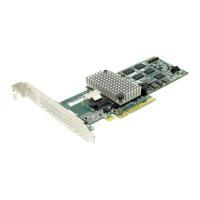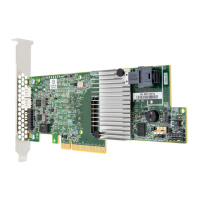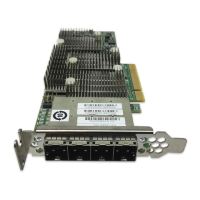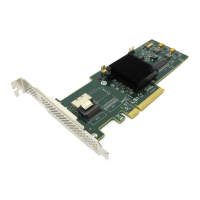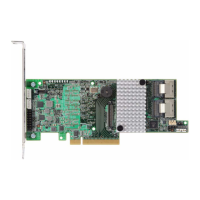Understanding RAID Concepts and Levels
www.lsi.com/channel/products 13
Using Drive Capacity Efficiently
Because the capacity of each drive is limited to the capacity of the smallest
drive in the unit, use drives of the same capacity in a unit.
The total unit capacity is defined as follows:
Through drive coercion, the capacity used for each drive is rounded down to
improve the likelihood that you can use drives from differing manufactures as
spares for each other. The capacity used for each drive is rounded down to the
4 RAID 5 with hot spare
RAID 10
Combination of RAID 0, RAID 1, single disk
5RAID 6
RAID 5 with hot spare
RAID 10 with hot spare
Combination of RAID 0, RAID 1, hot spare, single disk
6 or more RAID 6
RAID 6 with hot spare
RAID 50
Combination of RAID 0, 1, 5, 6,10, hot spare, single disk
Table 3: Possible Configurations Based on Number of Drives
Number of
Drives
Possible RAID Configurations
Table 4: Drive Capacity
RAID Level Capacity
Single Disk Capacity of the drive
RAID 0 (number of drives) X (capacity of the smallest drive)
RAID 1 Capacity of the smallest drive
RAID 5 (number of drives – 1) X (capacity of the smallest drive)
Storage efficiency increases with the number of disks:
storage efficiency = (number of drives – 1)/(number of drives)
RAID 6 (number of drives – 2) x (capacity of the smallest drive)
RAID 10 (number of drives/2) X (capacity of smallest drive)
RAID 50 (number of drives – number of groups of drives) X (capacity of
the smallest drive)
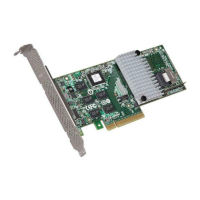
